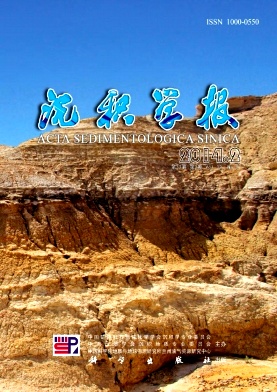Enlightenment from Salt Precipitation Experiment to the Researching on Saline Lacustrine Basin Sedimentology
- Publish Date: 2014-04-10
-
Key words:
- saline /
- lacustrine /
- basin /
- salt rock /
- sedimentary position /
- sedimentary environment
Abstract: Combined the results of the physical simulation experiment with the seismic and core information, a new understanding about the tectonic position, paleogeographic position of salt sediment and the genetic mechanism were proposed in Dongpu Depression. The research suggested that the sedimentation of salt was earlier in shallow parts such as the edge of the lake basin sag and the central uplift belt, the salt layer were thick, the particle size of salt rock was small while the size was large and with a thin or absent layer near the center of the lake basin; a single salt layer with large thickness and small particle size may be deposited, while near the center of the lake basin, there are enough time for the mineral to crystallize, salt rock with large particle was deposited,and the thickness of a single salt layer can be very flexible, or can even be absent. The paleogeographic position of salt rock sediment were obviously impacted by paleosalinity. The salt layer at the bottom of the lake has already formed in certain depth in most areas of the saline lake basin, and has a certain thickness when lakes become shallower, that ensures the reducing environment of the lower part of the shale, and the basic original structure was kept after the salt sediment, the upper can again accept shale deposition; The salt rock can still deposit after the lake receded in the leakage zone at the edge of the lake basin, there salt layer is thinnest, small particle size, symbol of redox environment were commonly in sight in the lower strata.
| Citation: | Enlightenment from Salt Precipitation Experiment to the Researching on Saline Lacustrine Basin Sedimentology[J]. Acta Sedimentologica Sinica, 2014, 32(2): 238-243. |






 DownLoad:
DownLoad: